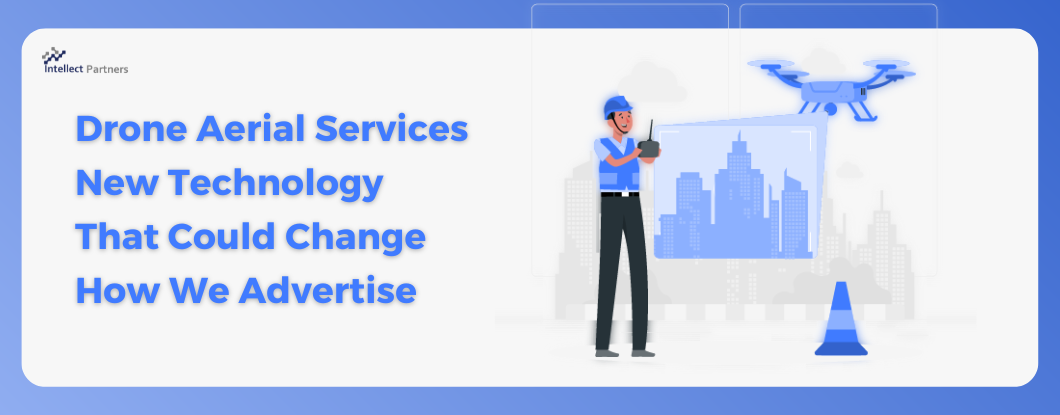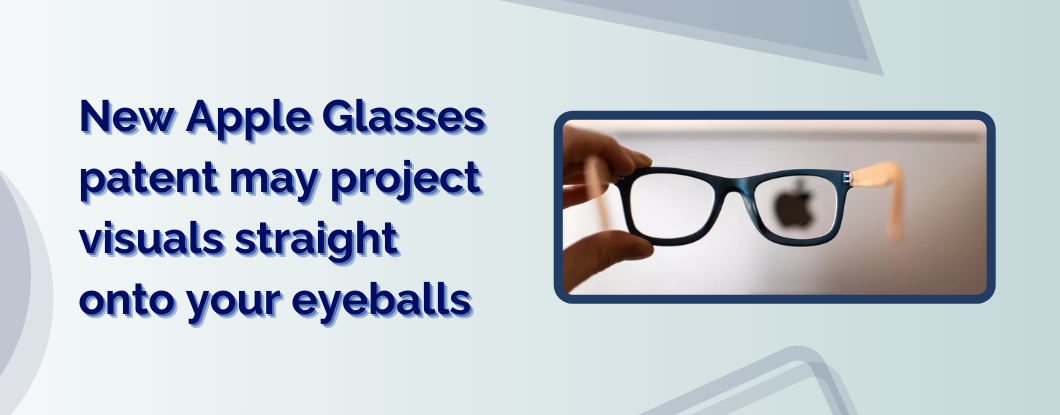Envision a world where you could see a billboard suspended in the sky. That’s exactly what Drone Aerial Services (DAS) has invented – an innovation that will allow robots to carry billboards up the sky in blowing wind.
This patent-pending innovation is a game changer for advertising that will change how we view advertisements altogether. With this innovation, organizations would have a completely new way to reach consumers and promote their products and services.
Andrew Wise, an innovator from Glendale, Arizona, and patent holder of prepaid cellular, has patented another groundbreaking invention. This time he’s invented a method for controlling suspended objects in the air and keeping them from blowing around uncontrollably, utilizing SOOCS (Suspended Orientation Object Control System). Andrew framed DAS to use this innovation!
With SOOCS, drones can now carry an amazing billboard advertisement in the air. Billboards will as of now not be bound to fixed ground locations or on the sides of buses and trucks. Billboards will take off high above crowds with their position being controlled programmatically or from a remote controller below!
This innovation has opened a whole world for airborne advertising that wasn’t possible before SOOCS because there was never a method to compensate for wind. Drone billboards currently have the adaptability to be practically any spot whenever.
SOOCS is altering how individuals see billboards. Drone billboards raise your advertising over the crowded landscape giving a unique and uncluttered view for advertising, with only one advertisement being seen.
The attached video demonstrates how DAS has executed SOOCS with 3D Holographic innovation. It produces a mesmerizing picture that appears to float in the air at night time. Individuals are completely captivated by pictures floating overhead.
DAS is currently advertising quotes throughout the United States. With demand from advertisers, DAS is likewise launching a partner program to assist them with expanding their advertising inventory space.




